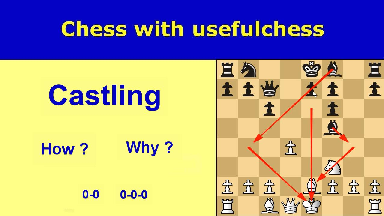CASTLING
It is possible to move the King and the Rook at once. The king moves two squares towards the rook and the rook is placed on other side of the king. 2 kinds of castling is possible: short castling and long castling .
Rules of the castling
Castling with the king or the rook that has already moved is illegal.
Castling is prevented temporarily :
- when the king is attacked by opponent's piece,
- when the square which the king cross or occupies is attacked by opponent's piece.
- when there is any piece between the King and the Rook.
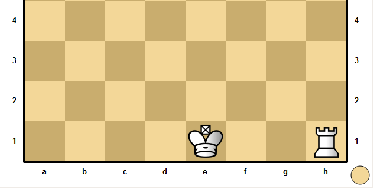
before castling
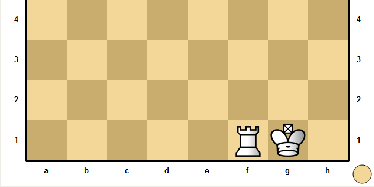
short castling
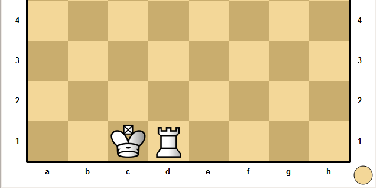
long castling
EN PASSANT
If a pawn advances two squares at its first move and comes next to the opponent's pawn , it may be captured by the opponent as it is pretended that it moved one square. It is called "en passant". But this capture must be made after the pawn moves two squares .
In the diagram Black pawn moved 2 squares and White captured it as it moved 1 square according to the "en passant" rule.
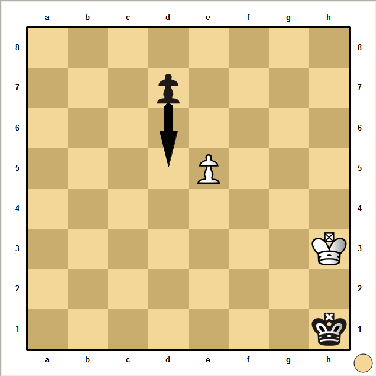
Before en passant Black pawn moved 2 squares.
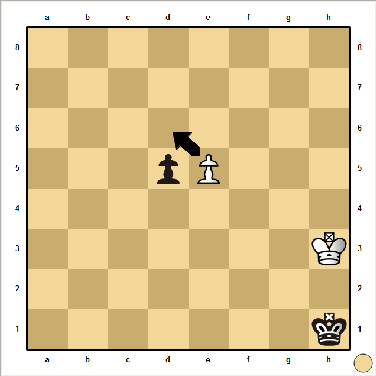
En passant : Now Black pawn is next to the White Pawn. White can use the "en passant" rule.
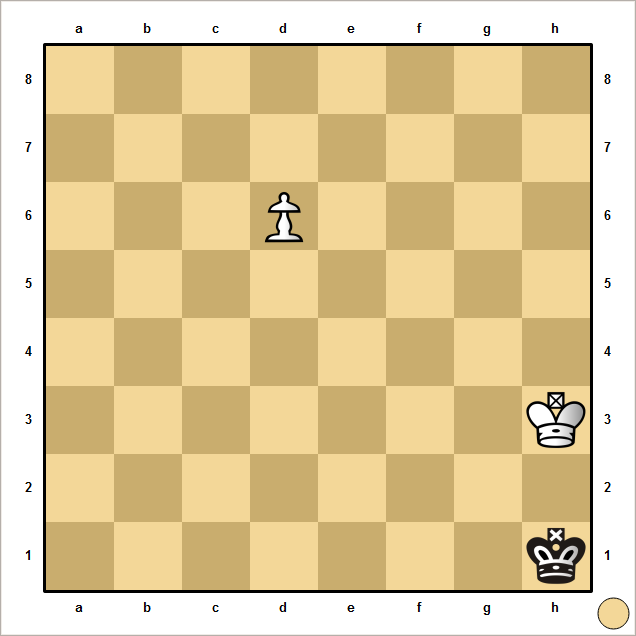
After en passant : White pawn captured the Black pawn as it moved 1 square according to the "en passant" rule.
Important note : If a player doesn't use this right and does another move , he will loose his "en passant right" and can not capture it again by using "en passant" right.





